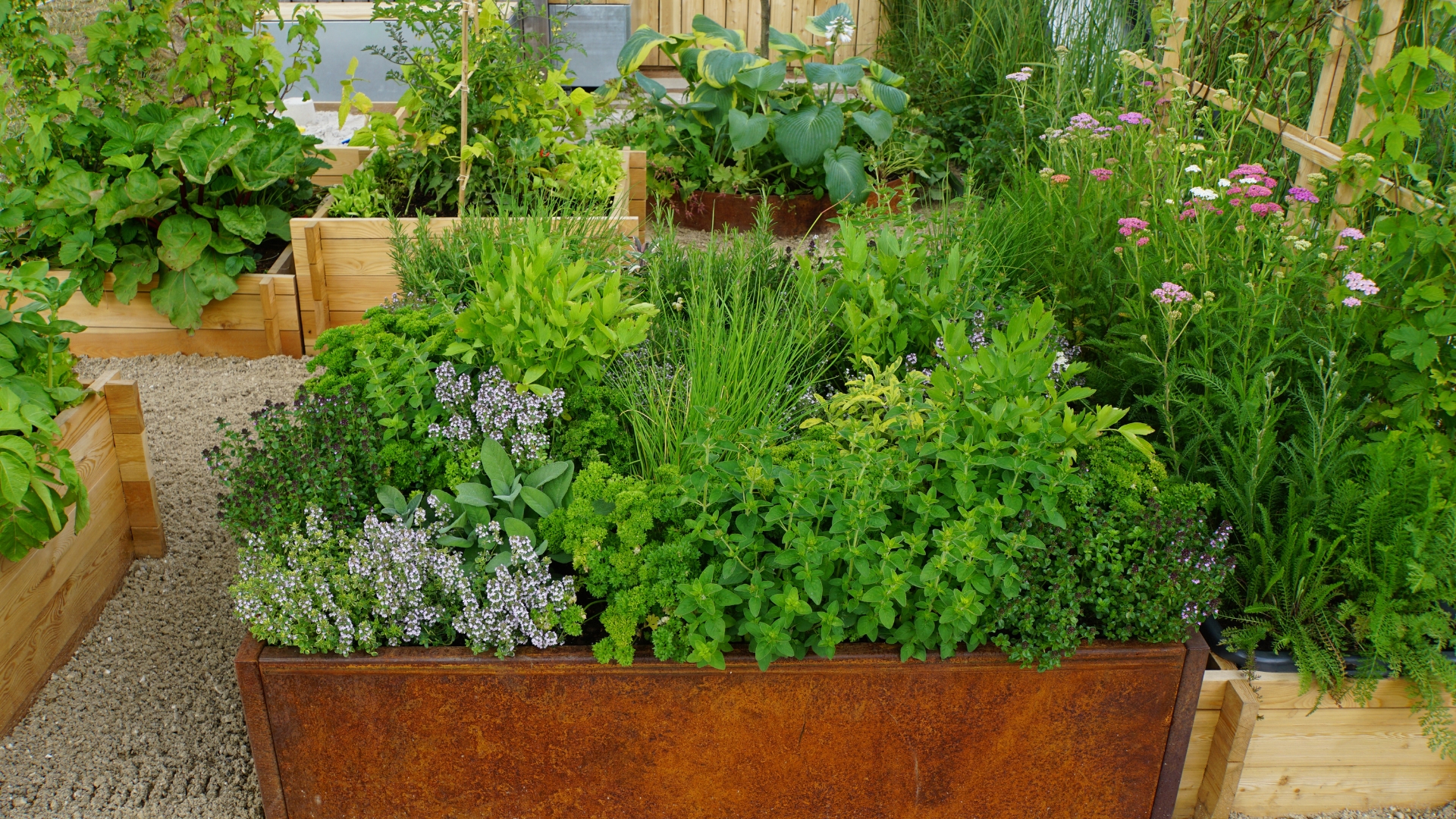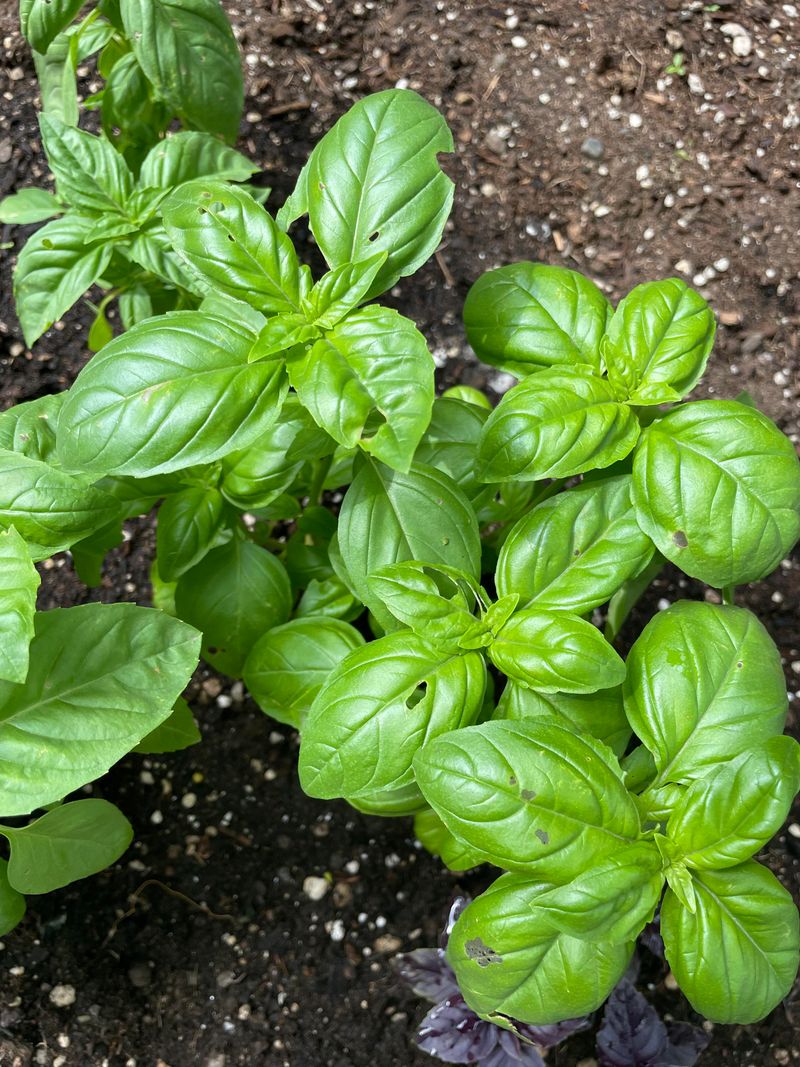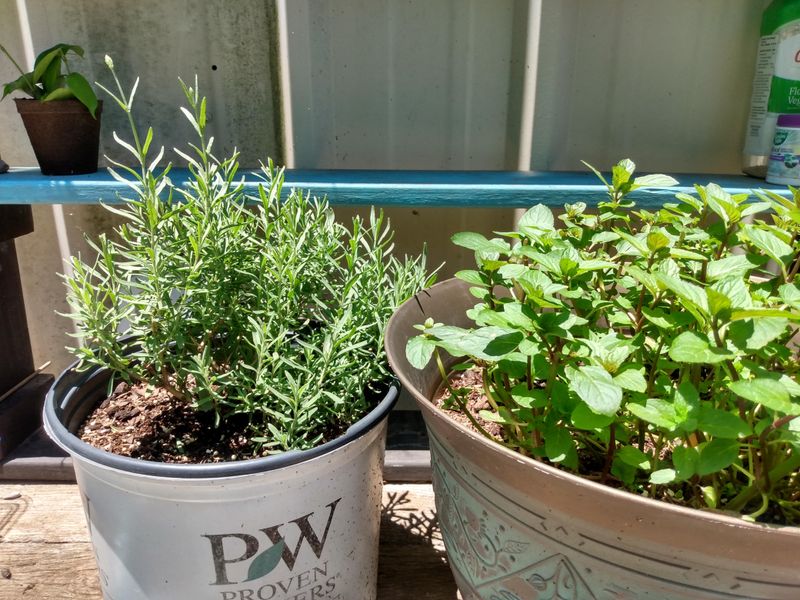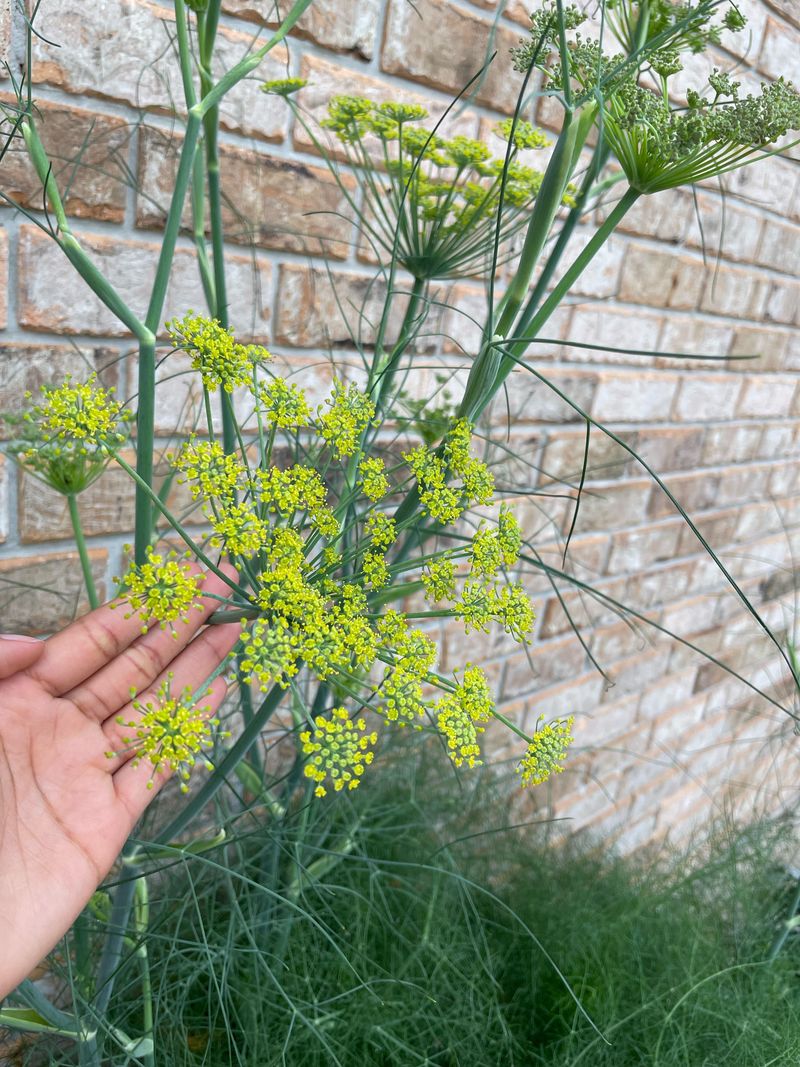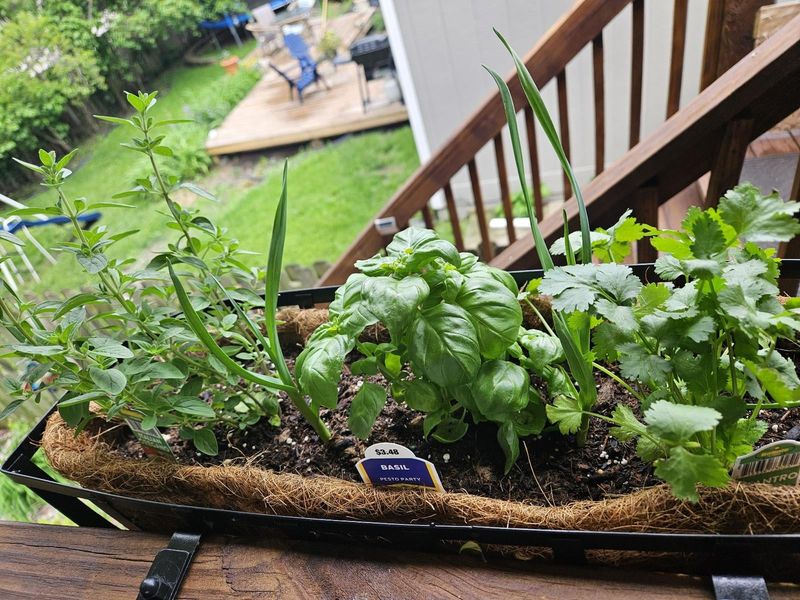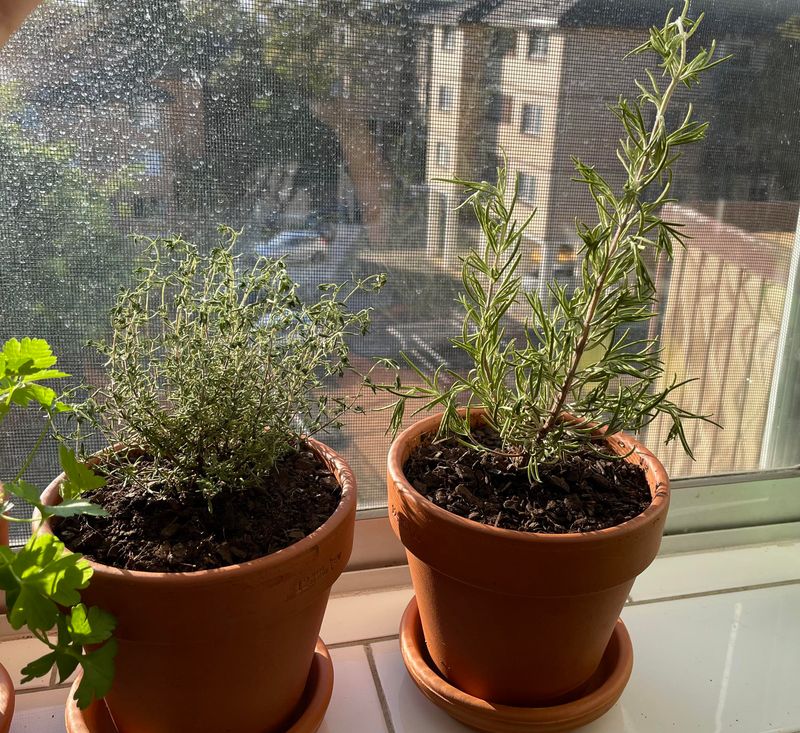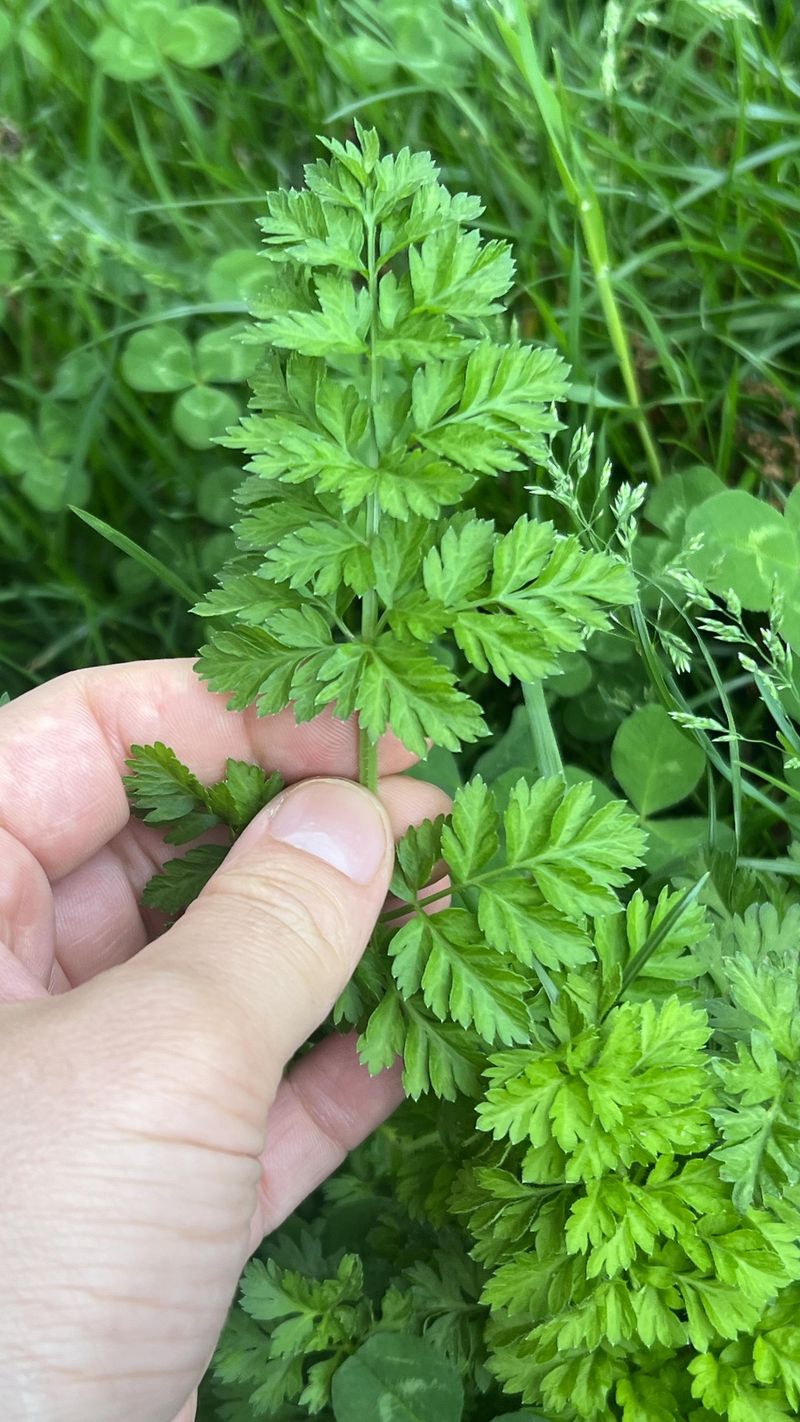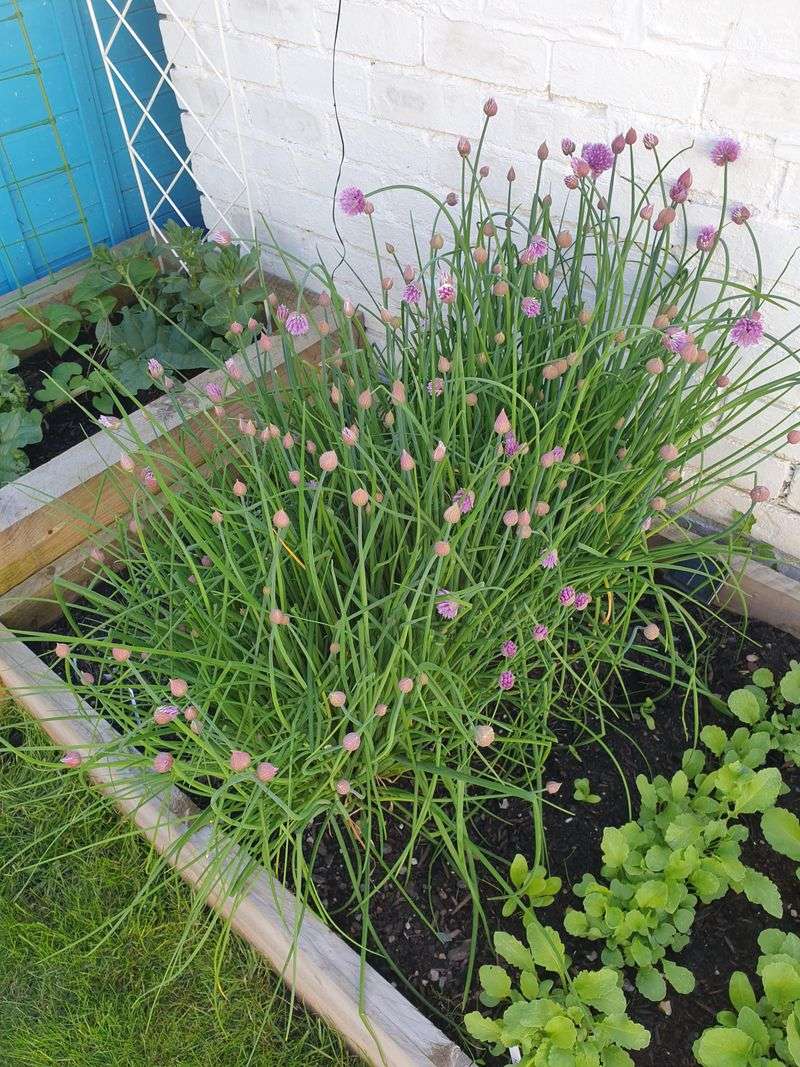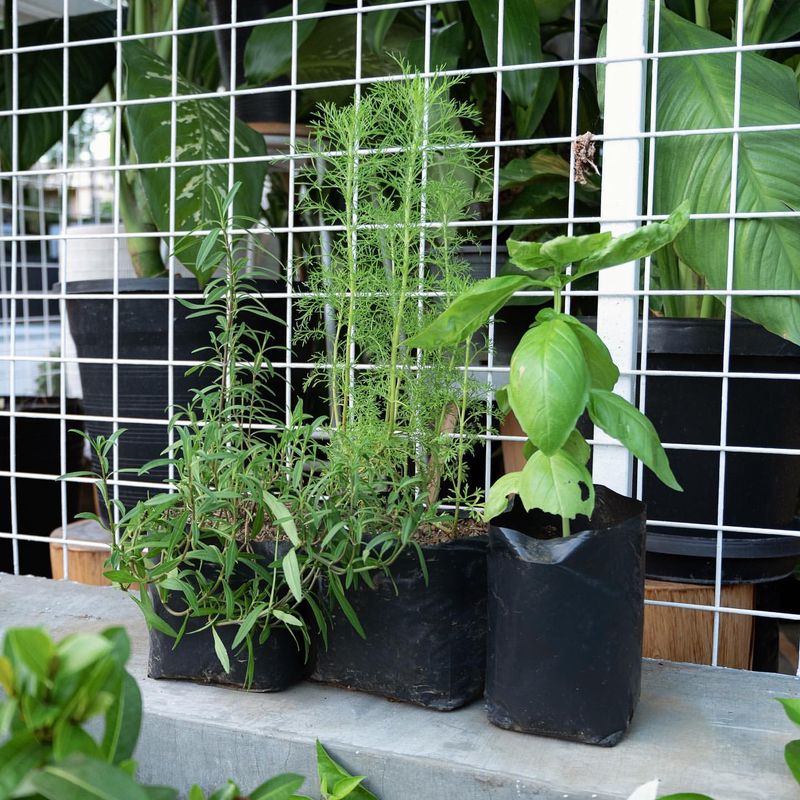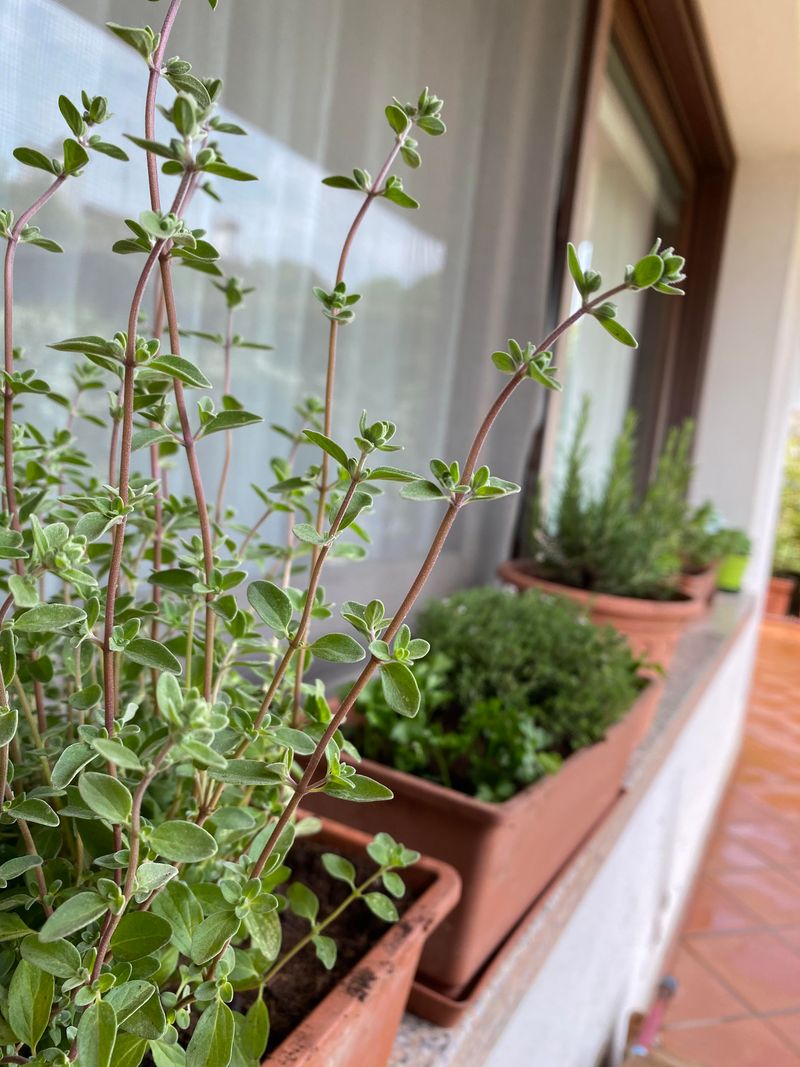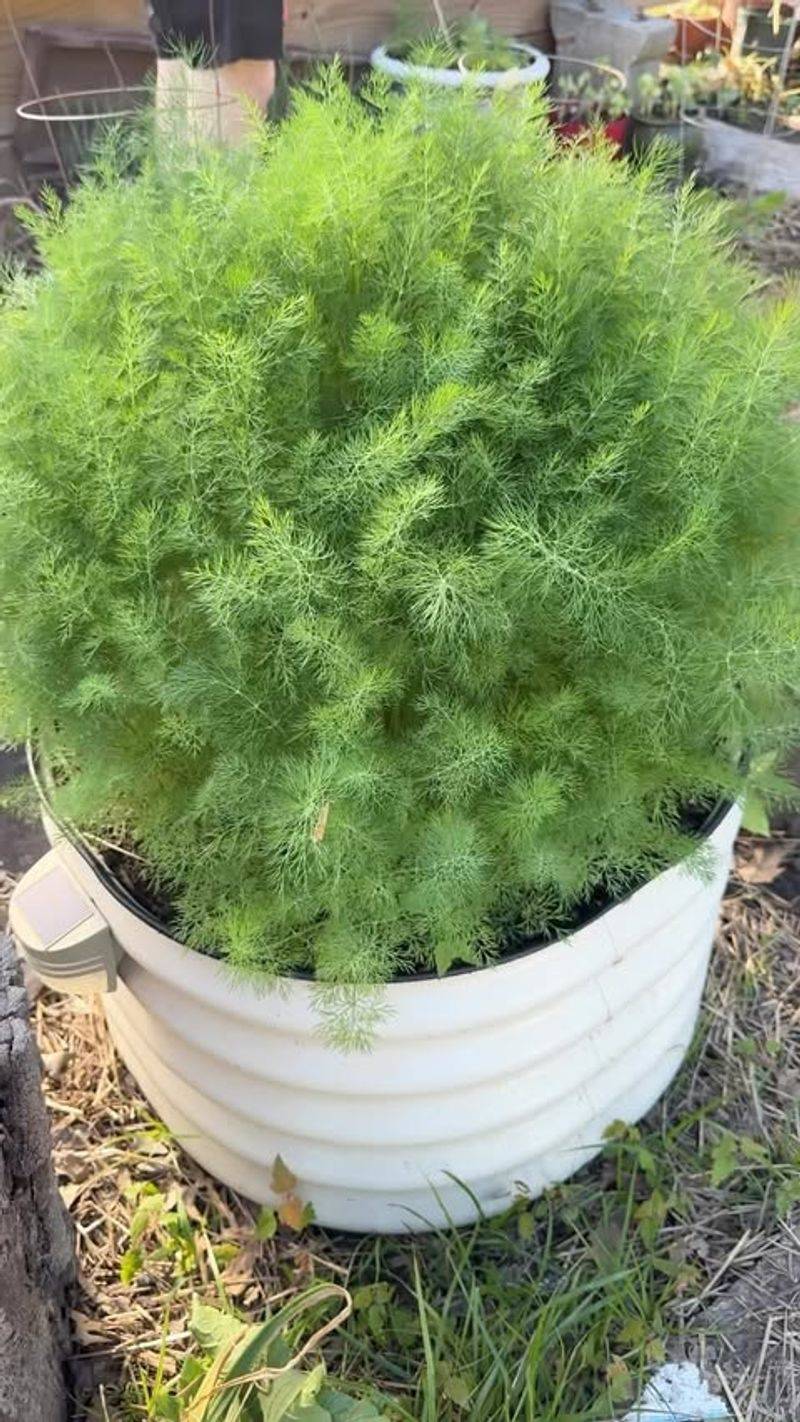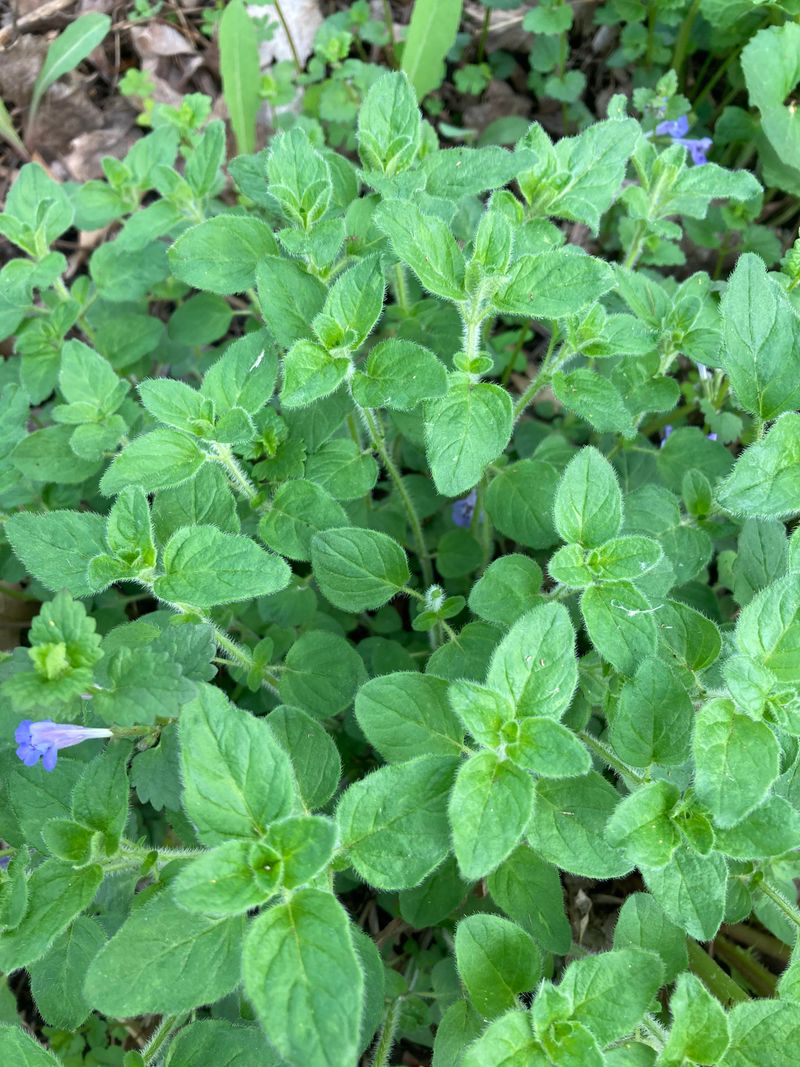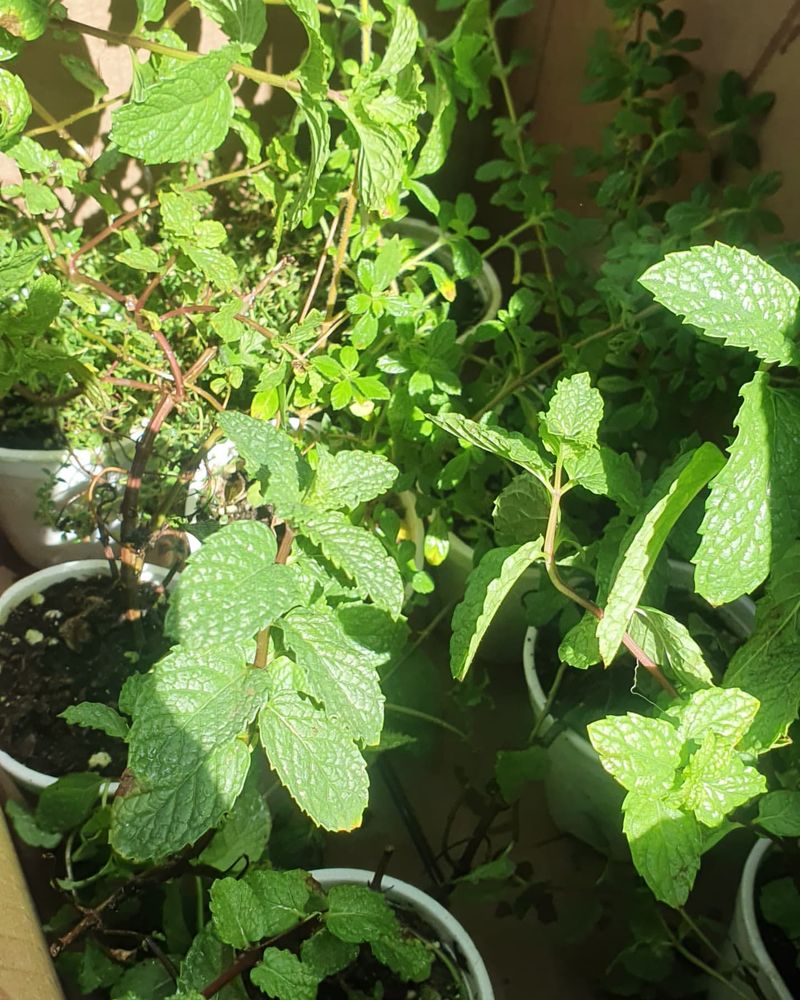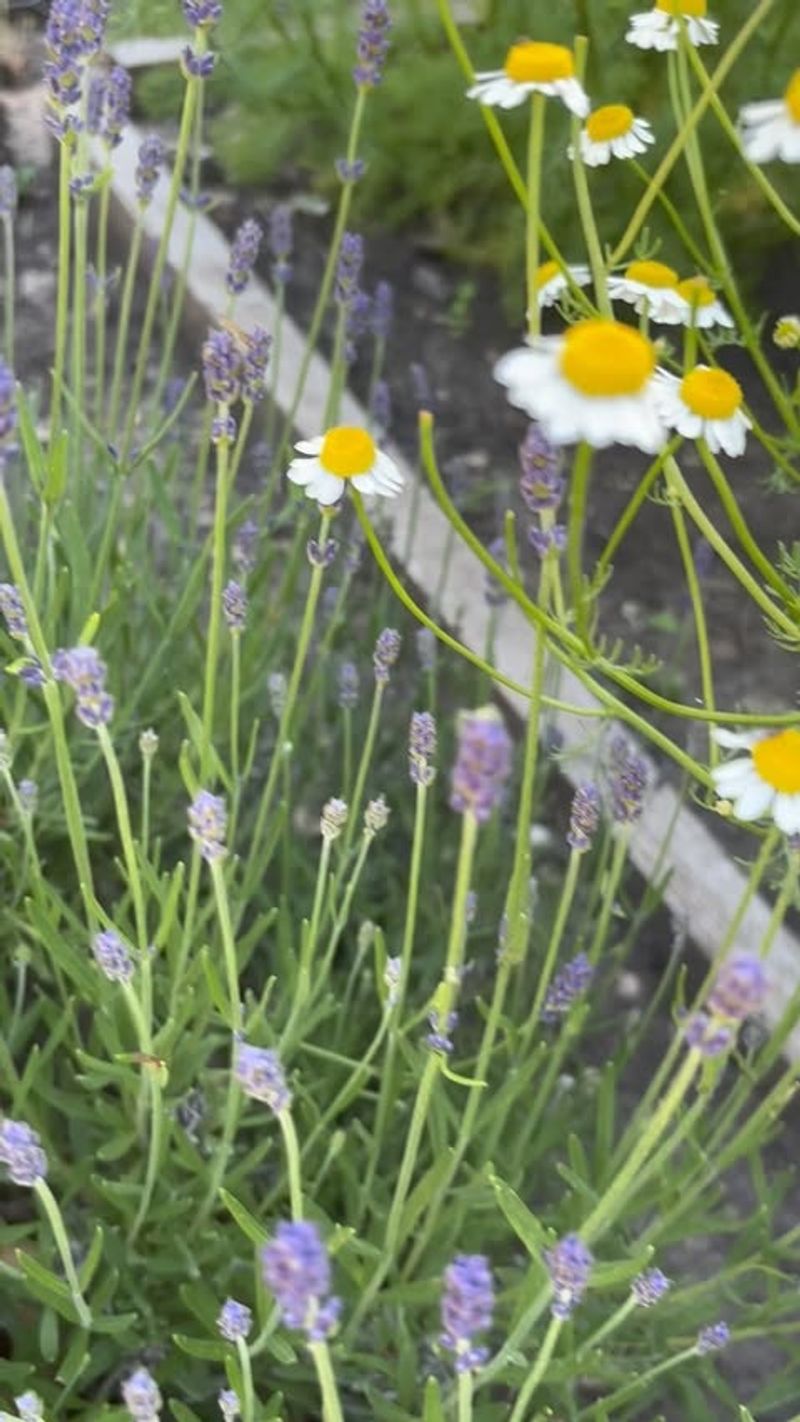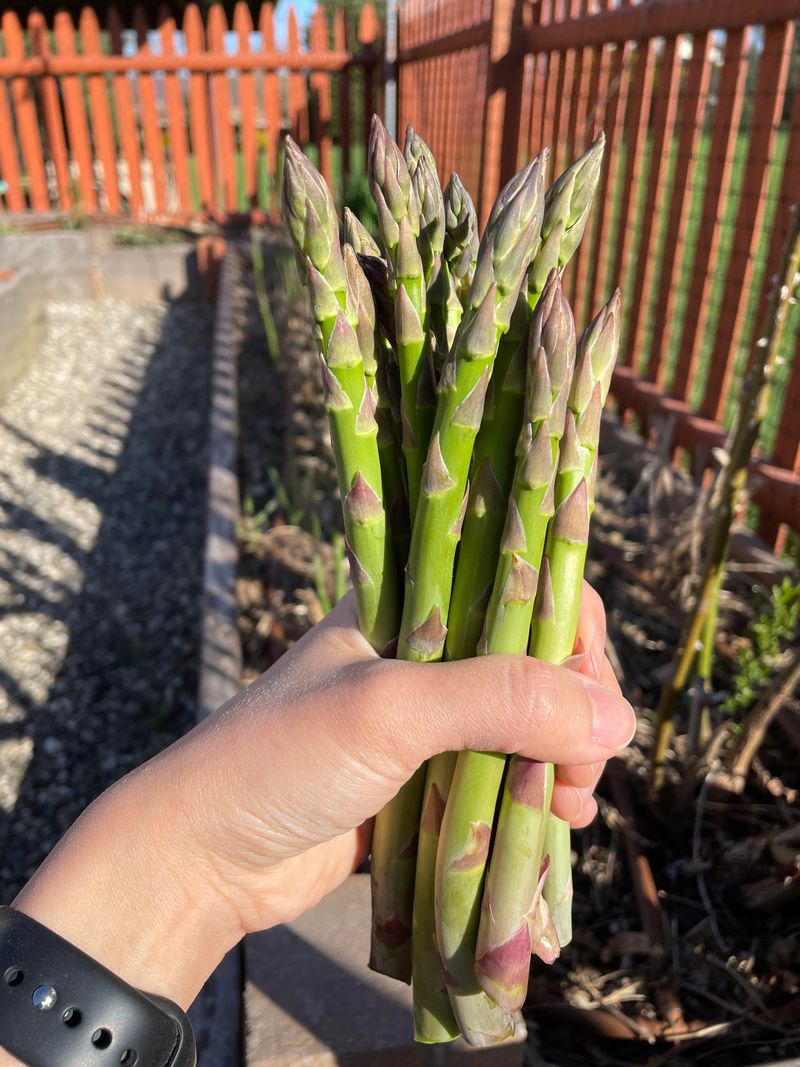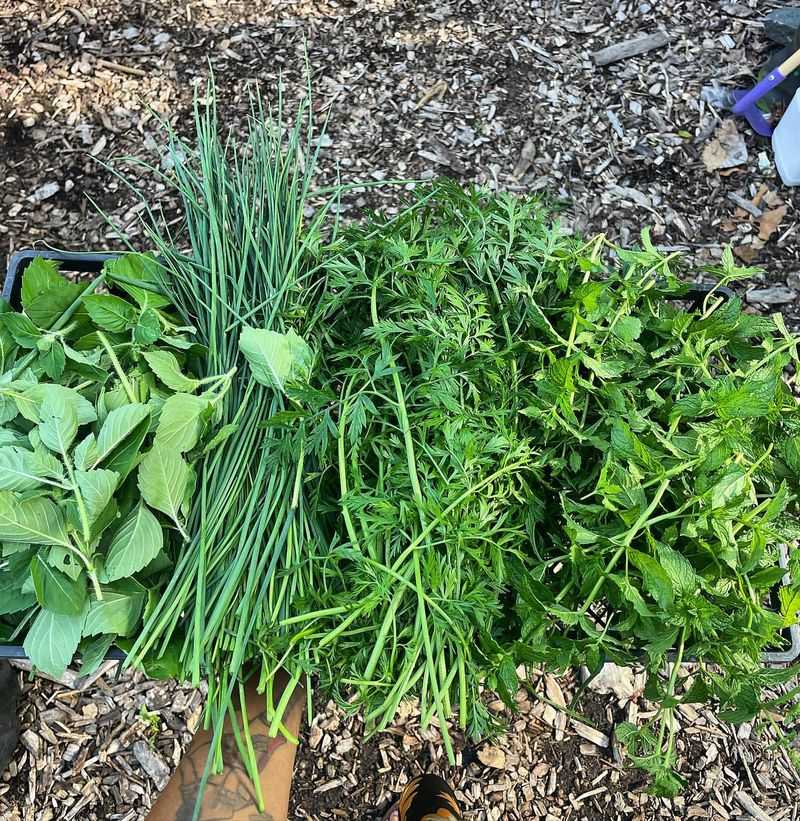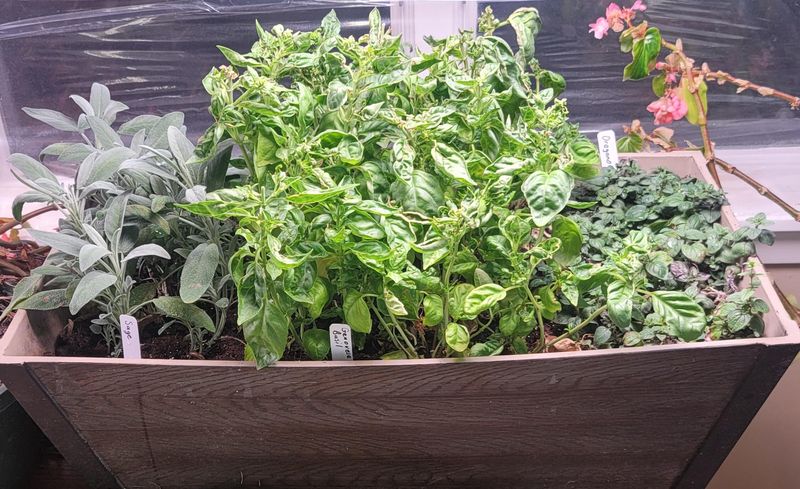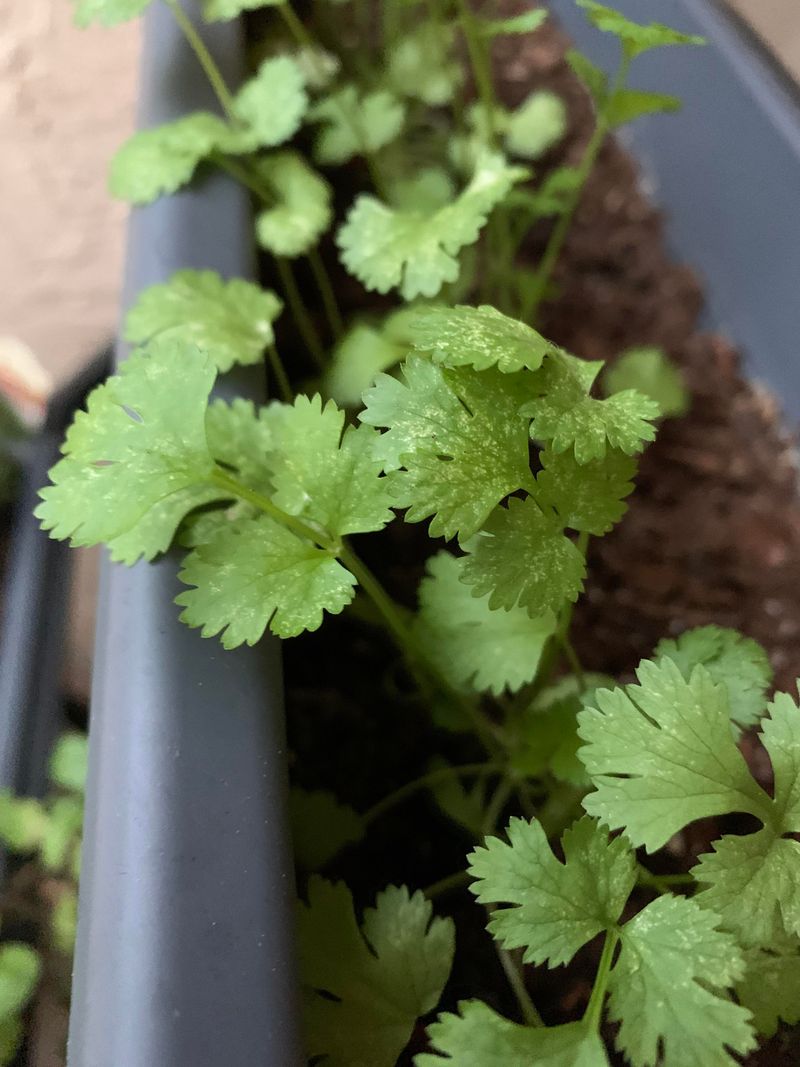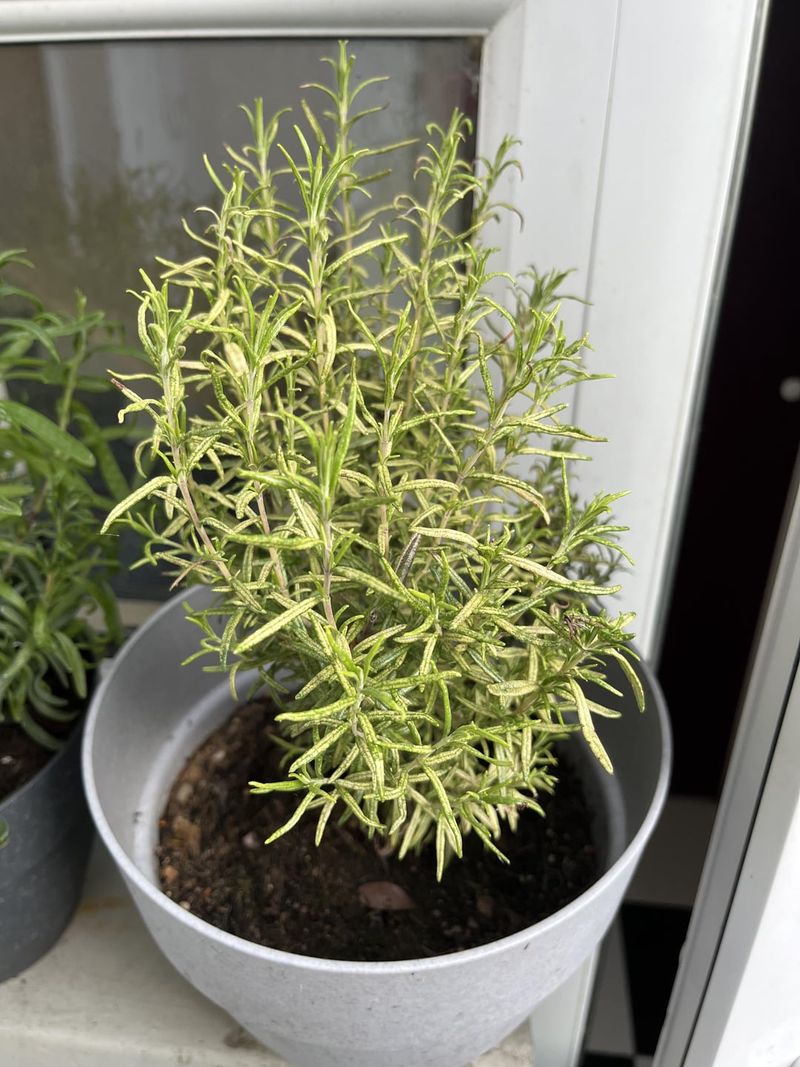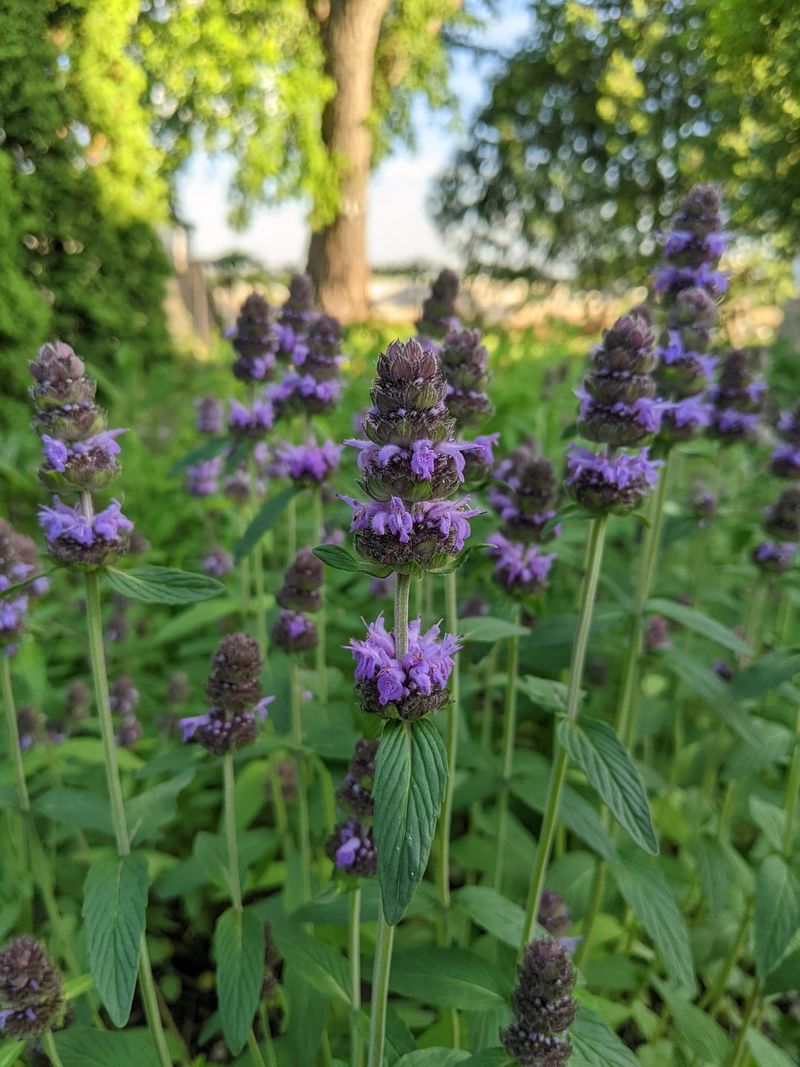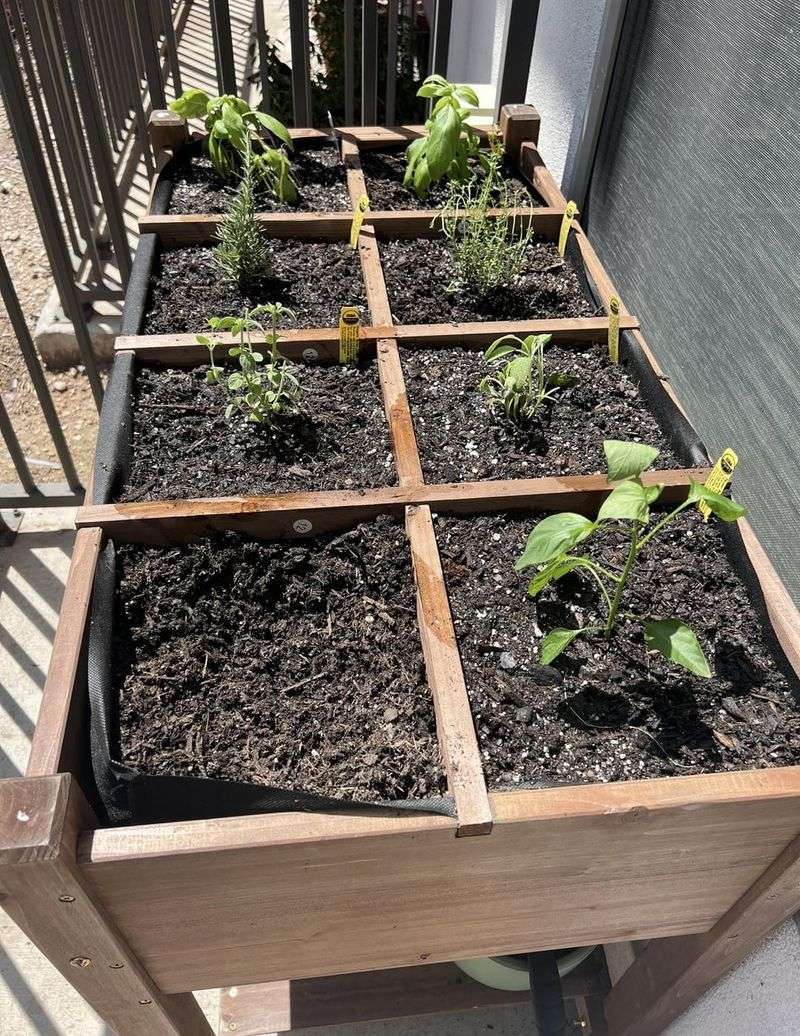When it comes to growing herbs, spacing is key! I’ve learned the hard way that some herbs just don’t get along and can stunt each other’s growth when planted too close together.
Certain combinations can lead to overcrowding, limited nutrients, and even flavor interference. To avoid these common gardening mistakes, here are 20 herbs you’ll want to keep separate in your garden for the best results.
1. Basil and Sage
In a whimsical herb garden, space is key. Basil, with its aromatic allure, and sage, with its earthy wisdom, both crave the spotlight. These two can clash when vying for attention because basil thrives in moist environments, while sage prefers it dry.
Plant them too close, and you’ll witness a battle of the elements as one may wilt under the other’s preferred conditions. Let these herbs shine on their own stages, and you’ll enjoy the best of both worlds.
2. Mint and Lavender
Herb gardens are like social gatherings, and mint is the over-enthusiastic guest. When mint, with its invasive tendencies, meets the delicate lavender, they can quickly quarrel over space.
Mint’s aggressive growth can overshadow lavender’s gentle beauty, stealing nutrients and sunlight. Keep them apart, and you’ll have a garden where both can express their unique personalities without stepping on each other’s toes. In separate corners, both herbs can flourish.
3. Dill and Fennel
In the world of herbs, dill and fennel are like competitive siblings. Both are tall, feathery, and full of ambition, but when planted side by side, they compete fiercely for nutrients and light.
Their comparable stature and needs can lead to a tangled mess, leaving neither at their best. By giving them their own space, you ensure that both can grow tall and proud. Separate these two, and watch each dominate their domain.
4. Cilantro and Oregano
In a garden dance, cilantro and oregano don’t make the best pair. Cilantro, with its bright, citrusy flavor, and oregano, with its robust, earthy tones, have different rhythms.
Cilantro prefers cooler, moist conditions, while oregano thrives in heat and drought. Their conflicting preferences can lead to one overshadowing the other. Keep them apart to ensure each herb can perform its solo without interference.
5. Rosemary and Thyme
Gardens are a stage, and rosemary and thyme are stars in their own right. However, rosemary’s tall and robust nature can cast a shadow over the more petite thyme.
Though they share Mediterranean origins, their size difference can result in thyme being overshadowed. Allow them to grow apart, and they’ll both have the chance to bask in the sunlight their unique flavors deserve. In separate spots, both can thrive beautifully.
6. Parsley and Chervil
Garden harmony can be disrupted by parsley and chervil’s subtle rivalry. Parsley, with its robust, curly leaves, and chervil, with delicate, flat foliage, can compete for similar nutrients.
Their similar growth habits can lead to a clash unless given their own territory. By planting them apart, you ensure each has the resources to thrive without competition. Let them each have their own space, and they will flourish magnificently.
7. Chives and Garlic
Herbs have their quirks, and chives with garlic are no exception. Chives, with their slender, speedy growth, and garlic, with its slow and steady approach, have different timelines. If grown together, chives can overshadow garlic before it even gets going.
By letting them grow separately, both can fulfill their growth cycles without the other getting in the way. Separate beds allow each to shine on their own terms.
8. Tarragon and Basil
Herb gardens need harmony, and tarragon with basil can create discord. Tarragon, with its strong, anise-like flavor, and basil, with its sweet, aromatic leaves, have differing sun and water needs.
Tarragon enjoys drier conditions, while basil thrives with more moisture. Their needs can lead to conflict if forced to share resources. By giving them their own plots, each can grow to its fullest potential.
9. Marjoram and Mint
Gardens are like a delicate balance, and marjoram and mint can tip the scales. Marjoram, with its gentle, sweet aroma, and mint, the vigorous colonizer, can quickly come into conflict.
Mint’s rapid spread can overwhelm marjoram, depriving it of space and nutrients. By planting them separately, each can thrive without fear of encroachment. Let them flourish independently for a harmonious garden.
10. Bay Laurel and Dill
Herb gardens thrive on balance, but bay laurel and dill are an unlikely pair. Bay laurel, with its evergreen, glossy leaves, can overshadow dill’s delicate fronds.
Their size and growth habits can lead to bay laurel hogging light and nutrients. Keep them apart, and each will have the space to grow as nature intended. Separate plots ensure both can thrive without overshadowing.
11. Sage and Marjoram
Garden relationships can be complex, as seen with sage and marjoram. Sage, with its robust, silvery foliage, and marjoram, with a softer, sweeter presence, have differing needs.
Sage’s preference for dry conditions can conflict with marjoram’s need for more moisture. By giving them their space, each can receive the care they require. Separate them for a garden where both can truly shine.
12. Oregano and Peppermint
A garden’s beauty lies in its diversity, but oregano and peppermint can clash. Oregano, with its bold, savory flavor, and peppermint, known for its cooling aroma, have different moisture needs.
Peppermint’s aggressive growth can overshadow oregano if they’re too close. Keep them apart to allow each to express their vibrant flavors without interference. Separate spaces help maintain their individuality.
13. Lavender and Chamomile
Lavender’s regal presence and chamomile’s gentle charm shouldn’t be crowded together. Lavender, with its need for dry, sunny conditions, contrasts with chamomile’s preference for more moisture.
Their differing needs can lead to one overshadowing the other, leaving one struggling. By planting them apart, you allow both to thrive in their preferred environments. Separate plots ensure each can flourish beautifully.
14. Garlic and Asparagus
Herb gardens aren’t just about looks, but functionality too. Garlic, with its pungent aroma, and asparagus, with its tall, slender spears, can interfere with each other’s growth.
Their different root systems and growth needs can lead to competition for nutrients. By giving them separate spaces, each can grow to its full potential without interference. Keep them apart for a garden where both can thrive.
15. Parsley and Mint
Garden symphonies can hit a sour note with parsley and mint. Parsley, with its fresh, vibrant leaves, and mint, the notorious spreader, can quickly clash.
Mint’s invasive nature can overpower the more reserved parsley, robbing it of nutrients. By planting them apart, each can have the space to grow without conflict. Separate corners ensure both herbs can perform at their best.
16. Basil and Oregano
Gardening is about harmony, but basil and oregano can struggle together. Basil, with its sweet, fragrant leaves, and oregano, with its robust savory tones, have differing growth patterns.
Oregano’s sprawling nature can overshadow basil’s more upright growth, leading to competition for light. By giving them their own spaces, each can bask in the sunlight they love. In separate areas, both can grow beautifully.
17. Cilantro and Parsley
Garden diversity is delightful, yet cilantro and parsley can struggle in close quarters. Cilantro, with its bold, citrusy flair, and parsley, with its milder, curly charm, have different growth rates.
Cilantro’s rapid growth can overshadow parsley, depriving it of light and space. By giving them their own plots, each can grow without competition. Separate spaces allow each herb to shine uniquely.
18. Rosemary and Dill
Herb gardens are a dance of flavors, but rosemary and dill can step on each other’s toes. Rosemary, with its tall, woody stems, and dill, with its feathery foliage, have contrasting growth styles.
Rosemary’s robust nature can overshadow the more delicate dill if they’re too close. By keeping them apart, you allow each to flourish in its own way. Separate sections let both herbs thrive magnificently.
19. Lavender and Mint
Lavender’s elegance can be disrupted by mint’s enthusiasm. Lavender, with its need for dry, sunny spots, contrasts with mint’s invasive growth in moist areas.
Mint’s rapid spread can encroach on lavender’s space, leading to conflicts over nutrients and sunlight. By planting them apart, you ensure each herb has the conditions it needs to thrive. Separate plots allow both to flourish without competition.
20. Thyme and Basil
Herb gardens celebrate variety, but thyme and basil have differing needs. Thyme, with its small, woody nature, and basil, with its lush, green foliage, thrive in different environments.
Basil’s need for more water can conflict with thyme’s preference for dry conditions. By giving them their own spaces, each can grow in their preferred conditions without compromise. Separate them for a garden where both can flourish uniquely.

